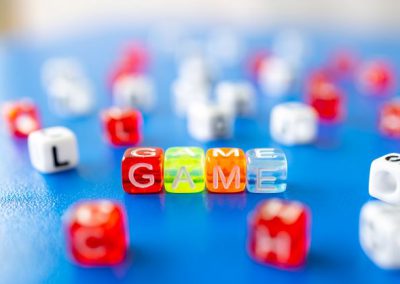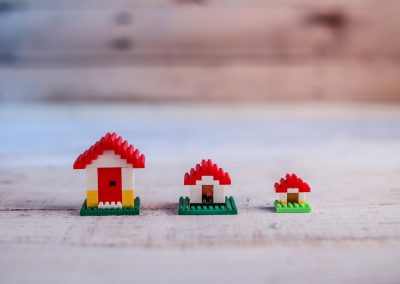Overview
*French Resources Included as Attachments *
Learners will be given the opportunity to explore the relationship between the Sun and Earth, as well as discover how to be a solar detective!
NB Curricular Connections
English Language Arts
Strand: Reading – Big Idea: Reading Comprehension – Skill Descriptor: Construct meaning from oral stories, read-alouds, and text.
Explore Your World
Strand: Play and Playfulness – Big Idea: Exploration and Problem Solving – Skill Descriptor: Gather evidence to create and answer questions.
What You’ll Need
- Sun! One In a Billion (by: Stacy McAnulty & Stevie Lewis – available on SORA)
- Sun Drawing Printable (1 square per learner)
- Chart paper & marker
- Sticky notes
- Pencil crayons or crayons
- UV beads (1 package of 500 per class)
- Bracelet Making String (enough for all individual learners to use)
- Pencil crayons or crayons
- Solar Detective recording sheet (1 per learner)
- Pencils
- Clipboards (optional)
Instructions
Discussion & Drawings: Gather learners together. Have all learners close their eyes. Tell them, “I want you to picture the sun. What does it look like in your mind?” Give learners a minute to visualize it without sharing their ideas with words. Then pass out one square (from the Sun Drawing Printable below) to each learner to draw and colour their sun, with pencil crayons or crayons readily available. Once learners are finished, have them come back together. Allow learners to show and share their sun with a peer beside them. Discuss: “What do our suns have in common? What is different about them?” Allow learners to share their thinking. (colours, shapes, sizes, faces, etc.)
Read Aloud – Sun! One In a Billion: BEFORE reading, create a list on chart paper, titled: What We Know About the Sun. Allow learners to share what they know – and are sure about, based on knowledge and/or experience. Encourage learners to hold up their suns DURING the reading, when they hear something NEW about the sun that they didn’t know before. Place a sticky note on these particular pages to go back to AFTER reading and add new knowledge to the chart paper.
Word Wall Creation: Using the pages your learners identified, begin to co-construct a mini word wall about the Sun. Review your chart and circle 5-10 words to create a definition for together. Using the printable below, assign 1 word to a pair of students to design and add the group’s definition. Feel free to design your own cards and meanings through information from the book or other sources.
Examples: Solar Eclipse, Gravity, Revolve, Solar System, Dwarf Star, Hot, Stable, Solid, Gas
Solar Detectives Outdoor Challenge: Having learned much about the Sun already, it is time for your learners to explore some of the Sun’s “invisible” powers. Announce, “With all that we have learned about our Sun, we are now going to be SOLAR DETECTIVES. Our mission: to build Solar Detectors that will pick up the sun’s invisible signals anywhere outside!” Allow time for each learner to assemble a Solar Detector bracelet, using the bracelet string and several UV beads.
Please note: These beads are made of special sun-sensitive white plastic that changes to different colors in the sunlight. Colors fade back to white upon returning inside. Every time they are exposed to sunlight they will change color.
Once each learner’s Solar Detector is put together, assemble a line to go outside on the playground area, with each learner carrying their solar detector, a pencil and a copy of the Solar Detective printable (clipboards are optional). Review, “Remember, our mission is for our solar detectors to pick up the sun’s invisible signals. We’ll be looking for the best spots on our playground to do this!” Give learners 15-20 minutes to investigate the playground with their solar detectors. Encourage them to spend a few minutes in each spot (for the UV beads to turn color OR return to white). Return to the classroom. Allow learners time to share the best spots on the playground for detecting the sun’s invisible signals, based on what they recorded. Discuss: Where were the the best spots? Why were other playground places not ideal? What is happening to our solar detectors when we came inside? What are these invisible signals that our Solar Detectors are picking up (UV rays)?
Wrapping Up: Return to page 23 (Solar Eclipse) and let learners know of this event taking place on April 8, 2024. Discuss: “What might happen to our Solar Detectors during the Solar Eclipse?” Also discuss that we should not look directly at the Solar Eclipse with our eyes, just like we should not look at the Sun directly, on any day, to protect our vision.
Extension Ideas
- UV Ray Tag – Keep the fun going in the gymnasium or outdoors! Using pool noodles as UV rays, choose 3-4 “Suns” to tag as many classmates as possible.
- Make Your Own Sun ID cards (from page 15) – Have learners design their own ID card with the facts that they have learned using cue cards.
- Create Solar Eclipse pancakes – Make a regular batch of pancake batter, setting aside 1/3 of the batter. Add cocoa mix to the remaining third and serve a cocoa pancake on top of a regular pancake.
- Sun Art – Allow learners to create paintings of a sunrise, sunset, northern lights or southern lights, inspired by pages 21-22.
- 8-Minute Challenge – Using page 7 as a reference, do an action for 8 minutes as a class! (read, write, exercise, sing, dance, etc.)
Reflection Activity
Please see the attached PDF for several choices on how you and your learners can reflect upon today’s activity.




